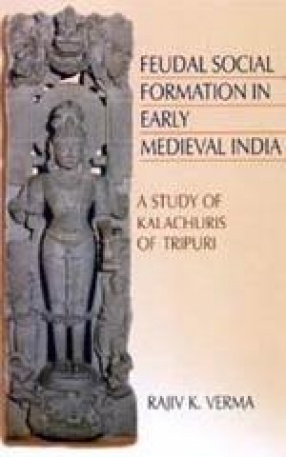The establishment of the British rule in Maharashtra in 1818 was an event of cataclysmic proportions. Politically, it spelled the end of the Maratha supremacy in India. socio-culturally, it signified the end of the old order of things in Maharashtra, where new order was yet to strike roots. The period was one when the traditional Marathi society was trying to adjust itself to a new and an alien structure of administration. It was a dichotomous position sometimes leading to a clash of values. The State of Satara, which was allowed to continue its existence, albeit on much reduced scale, could not escape this turmoil. The Raja of Satara was expected by his subject to uphold the traditions of a medieval society, while the English rulers expected him to introduce reforms which must necessarily lead to the destruction of these very tradition. Caught between these opposing pulls, the Chhatrapatti tried to perform balancing act, which sooner or later were bound to lead to some kind of confrontation. A gradual modernization of administration without the modernization of social structure was likely to lead to as it actually did a crisis of values. If the State of Satara was continuation of a historic tradition, the British administration was a new historic force. A clash between them was inevitable. In 1839 the British deposed Raja Pratapsinha, the descendant of the senior branch of the Chhatrapati Shivaji. The final act was performed in 1848 when the state of satara was abolished altogether. The administrative history of Satara during the period 1818-1848 is in reality a story of an enterprising sovereign who wanted to modernize his state without disturbing the essentially traditional fabric of the society.
The Satara Raj
In stock
Free & Quick Delivery Worldwide
Bibliographic information
Title
The Satara Raj
Author
Edition
1st ed.
Publisher
ISBN
8170995817
Length
xii+208p., Mape; Notes; Reference; Bibliography; Index; 23cm.
Subjects





There are no reviews yet.